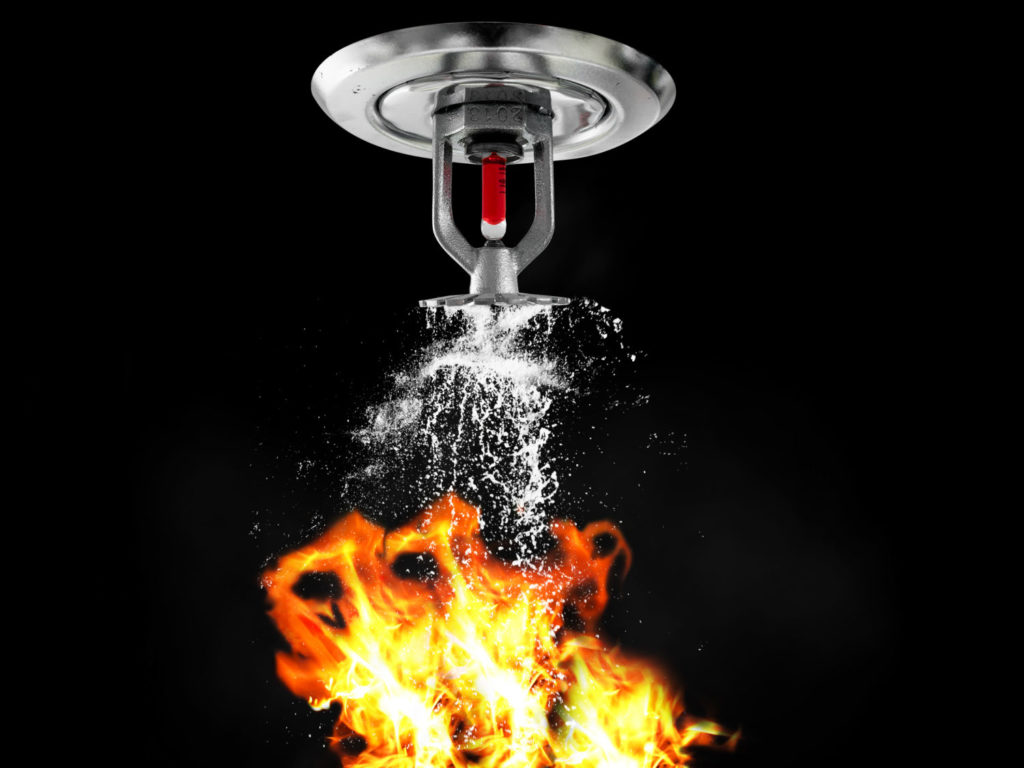
Fire sprinkler systems play a critical role in safeguarding lives and property in the event of a fire. These systems are designed to react swiftly and effectively to extinguish or control fires, preventing potential spread causing extensive damage. One essential aspect of maintaining the reliability of fire sprinkler systems is the hydrostatic test. A hydrostatic test is a rigorous evaluation that ensures these systems are ready to perform when needed the most.
NFPA guidelines outlines hydrostatic test requirements for various types of standpipe systems, shedding light on it’s importance in ensuring the efficacy of these life-saving systems.
Understanding Hydrostatic Tests:
Hydrostatic tests involve pressurizing the fire sprinkler system with water to evaluate its overall integrity and functionality. In the context of standpipe systems, the NFPA mandates specific requirements to be followed during these tests.
Hydrostatic Test Pressure:
Hydrostatic tests should be conducted at a pressure no less than 200 psi (13.8 bar) for a duration of 2 hours. In cases where the maximum pressure exceeds 150 psi (10.3 bar), the test pressure should be 50 psi (3.4 bar) in excess of the maximum pressure. This stringent requirement ensures that the standpipe system can withstand high-pressure scenarios, such as those encountered during firefighting operations.
Test Pressure Measurement:
To guarantee accuracy during hydrostatic tests, the NFPA requires the test pressure to be measured at the low elevation point of the individual system or zone being tested. This meticulous measurement process ensures that the system’s pressure is consistent across its entirety.
Leak-Free Piping:
A critical aspect of the hydrostatic test is the verification that the inside standpipe piping exhibits no leakage. Any leakage can compromise the system’s effectiveness during an actual fire, highlighting the importance of regular testing and maintenance.
Exemption for Combined Systems:
Notably, manual wet standpipes that form part of a combined sprinkler/standpipe system are exempt from the hydrostatic test requirements. While these systems are not subjected to the standard hydrostatic tests, their exemption underscores the need for a careful examination of each component’s role in overall system performance.
Conclusion:
Fire sprinkler systems are vital components of building safety, and their reliability hinges on rigorous testing procedures. The hydrostatic tests outlined serves as a cornerstone in ensuring the integrity and functionality of standpipe systems. By adhering to these guidelines, property owners can instill confidence in the performance of their fire protection systems. Ultimately contributing to enhanced safety for occupants and assets. Regular tests, conducted every 5 years, are a proactive approach to maintaining the readiness of fire sprinklers, mitigating potential risks in the face of fire emergencies.
